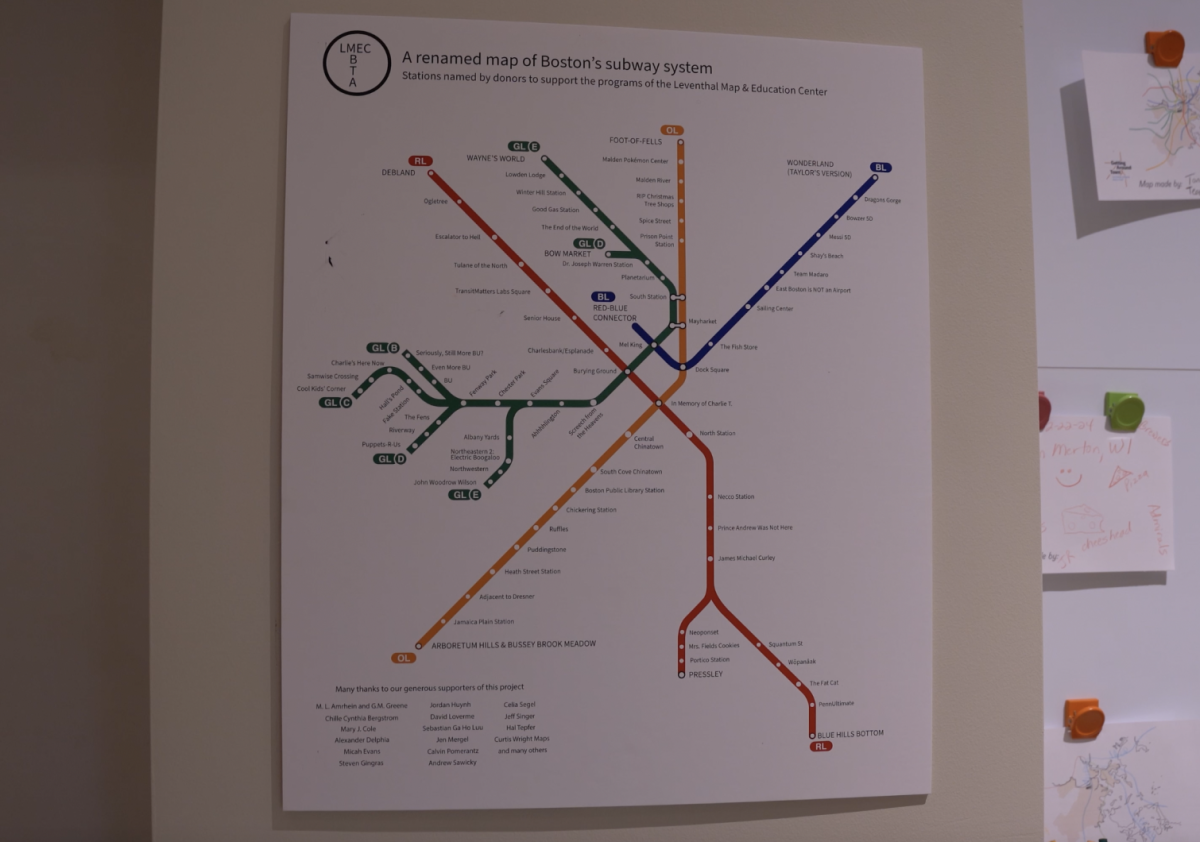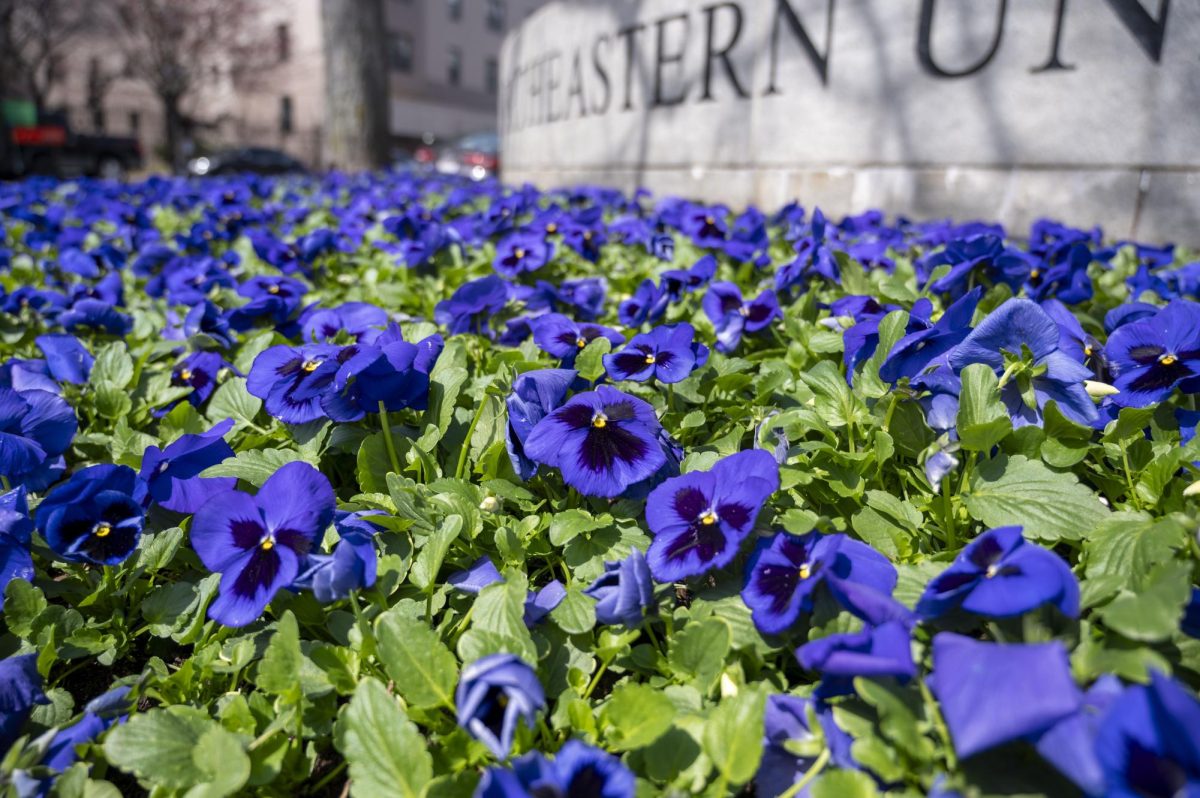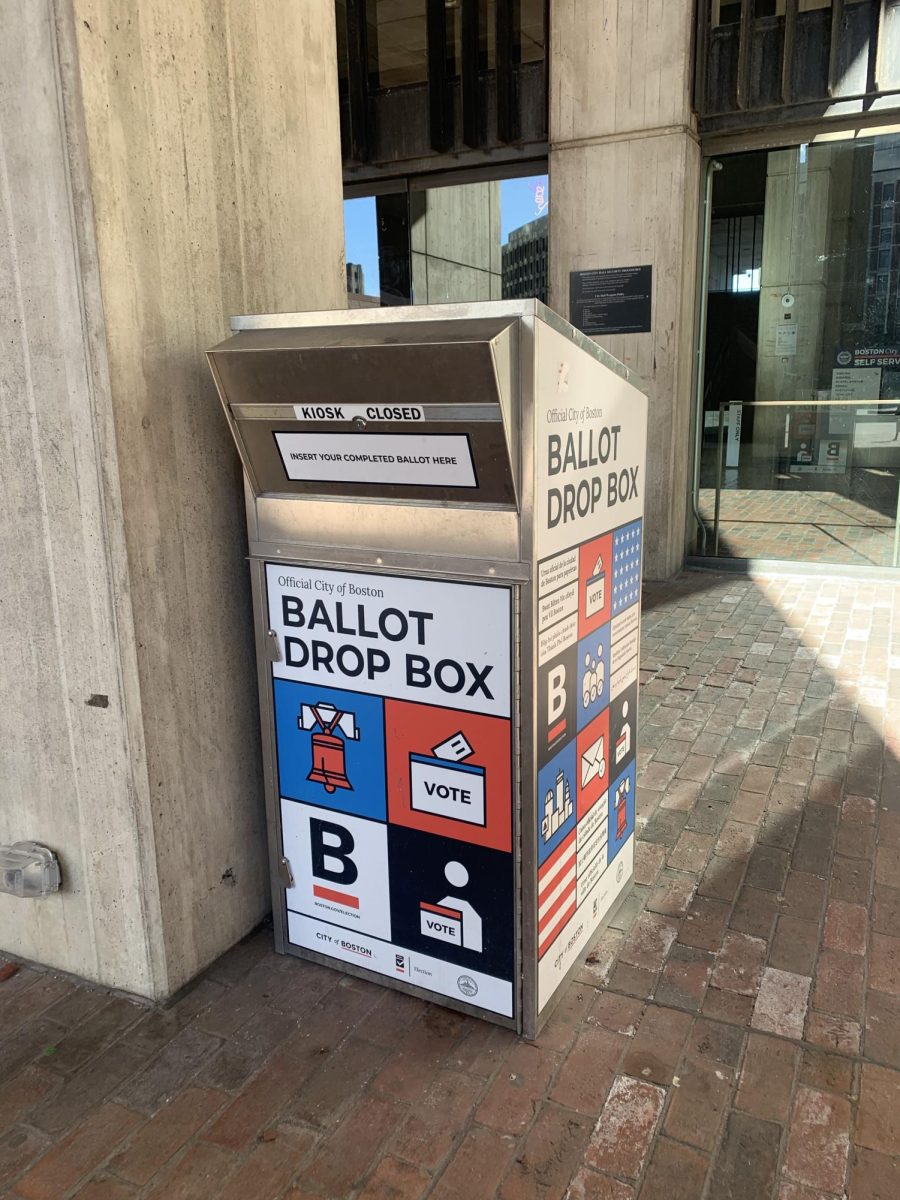On May 13, Northeastern administrators announced that the university will adopt a smoke-free campus policy beginning in the upcoming fall semester. Following the announcement that such a plan was being considered, a Jan. 31 News editorial denounced the idea on two bases: It is not Northeastern’s responsibility to make health choices for students, and such a policy would be counterproductive in reducing the exposure of students to secondhand smoke.
The first of these arguments was a matter of opinion adopted by The News. Although the university is clearly inconsistent in the areas in which it attempts to regulate student health, it is within reason that administrators would disagree with The News on this matter. The second argument, however, is a logical observation based on facts conceded by Northeastern officials, and it cannot be ignored.
As John Auerbach, director of Northeastern’s Institute on Urban Health Research, admitted in January, the university has no right to impose a smoking ban on the public streets and sidewalks that weave their way through campus. Nicole Bourque, a student member of the committee that recommended the policy change told The News the same thing this week. This means that while smoking may be banned on Centennial Common, it is still permissible on Forsyth Street, which cuts right through the heart of campus and is a major pedestrian throughway for members of the Northeastern community. If this is the only location within the confines of campus in which smoking is permitted, then it will become infested with smokers, and a trip down the sidewalks along Forsyth Street will become impossible to complete without encountering superfluous levels of secondhand smoke. Such a result is clearly contrary to the intended purpose of this ban.
The ban will also be ineffective in discouraging students from smoking. Proponents of the smoking ban are eager to cite several studies that have found similar bans on other campuses have resulted in a reduction in student smoking. It would be foolish, however, to suggest that such a ban implemented on an expansive campus such as Indiana University (the origin and subject of one such study) would have a similar effect on Northeastern.
Prohibitions are only effective when they increase the direct cost of partaking in the prohibited action over the direct benefit. In this case, we can understand the cost of smoking when restricted by a ban as the financial cost of violating the ban and inconvenience of traveling to an area in which smoking is permitted, whereas the direct benefit of smoking is the satisfaction received by doing so. On a large campus in which a smoker would have to completely leave campus to have a cigarette, the inconvenience of having to do so would often outweigh the satisfaction of the cigarette. At Northeastern, if all a smoker would need to do is walk several hundred feet in any direction to the nearest public sidewalk to smoke, the cost would hardly outweigh the benefit.
Furthermore, the cost of ignoring the ban would be unlikely to outweigh the benefit either. University officials seem convinced that they will not have to enforce this policy and that a “cultural change in the Northeastern community” will instead be sufficient. While the optimism of this administration is almost admirable, it is incredibly naïve to believe that “community support” will be sufficient to make any violations of this so-called ban not worth the benefit of doing so. For such positive peer pressure to work, smokers would have to care about what others think. But since many smokers see themselves as a persecuted population (justly or not), this is unlikely to happen.
Given the nature of Northeastern’s campus, it is improbable that any prohibition will be successful in discouraging students from smoking. To achieve this goal, the university should instead focus on its smoking cessation program “Ready to Quit!” that it wisely implemented last semester, and expand it if necessary.
To protect non-smokers from unwanted with secondhand smoke, the university should – as was recommended in the Jan. 31 editorial – limit permissible smoking on campus to convenient but out-of-the-way smoking areas and strictly enforce a ban on the remainder of campus.
Given the above facts, it is surprising that the committee considering this proposal could reach such an illogical conclusion that a smoking ban on Northeastern’s campus would produce the intended results. Instead, for the reasons discussed above, it logically follows that the plan as adopted will have little-to-no effect on students’ decisions to smoke, and may actually increase the exposure of non-smokers to secondhand smoke.












